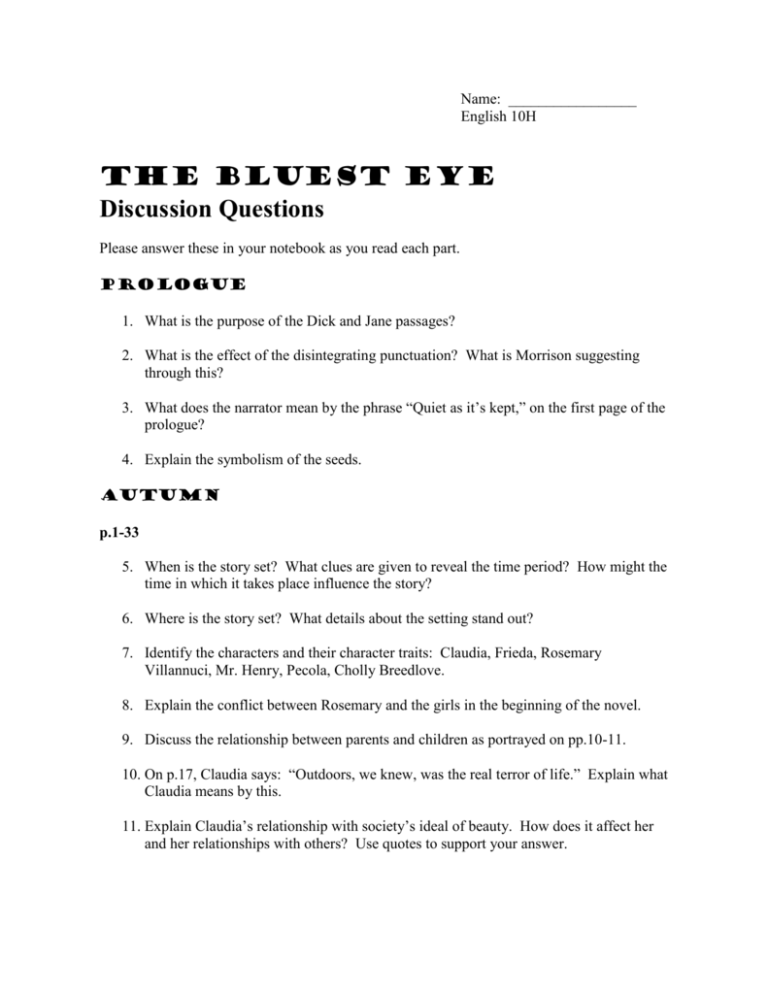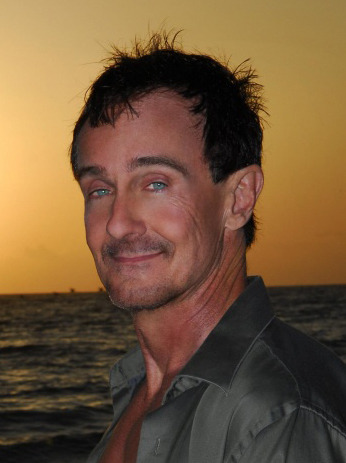
She loves this home and despises her own. She feels most alive when she is at work, cleaning a white woman's home. She encourages her husband's violent behavior in order to reinforce her own role as a martyr. She loses herself in movies, which reaffirm her belief that she is ugly and that romantic love is reserved for the beautiful. Pauline, her mother, has a lame foot and has always felt isolated. We learn that Pecola's parents have both had difficult lives.

She is wrongly blamed for killing a boy's cat and is called a “nasty little black bitch” by his mother. Meanwhile, she continually receives confirmation of her own sense of ugliness-the grocer looks right through her when she buys candy, boys make fun of her, and a light-skinned girl, Maureen, who temporarily befriends her makes fun of her too.

Pecola believes that if she had blue eyes, she would be loved and her life would be transformed. Her brother, Sammy, frequently runs away. Her father drinks, her mother is distant, and the two of them often beat one another. Pecola moves back in with her family, and her life is difficult. Pecola loves Shirley Temple, believing that whiteness is beautiful and that she is ugly. Pecola's father has tried to burn down his family's house, and Claudia and Frieda feel sorry for her. The MacTeers take in a boarder, Henry Washington, and also a young girl named Pecola.

It is the end of the Great Depression, and the girls' parents are more concerned with making ends meet than with lavishing attention upon their daughters, but there is an undercurrent of love and stability in their home. Nine-year-old Claudia and ten-year-old Frieda MacTeer live in Lorain, Ohio, with their parents. The Bluest Eye is a novel written by Toni Morrison


 0 kommentar(er)
0 kommentar(er)
